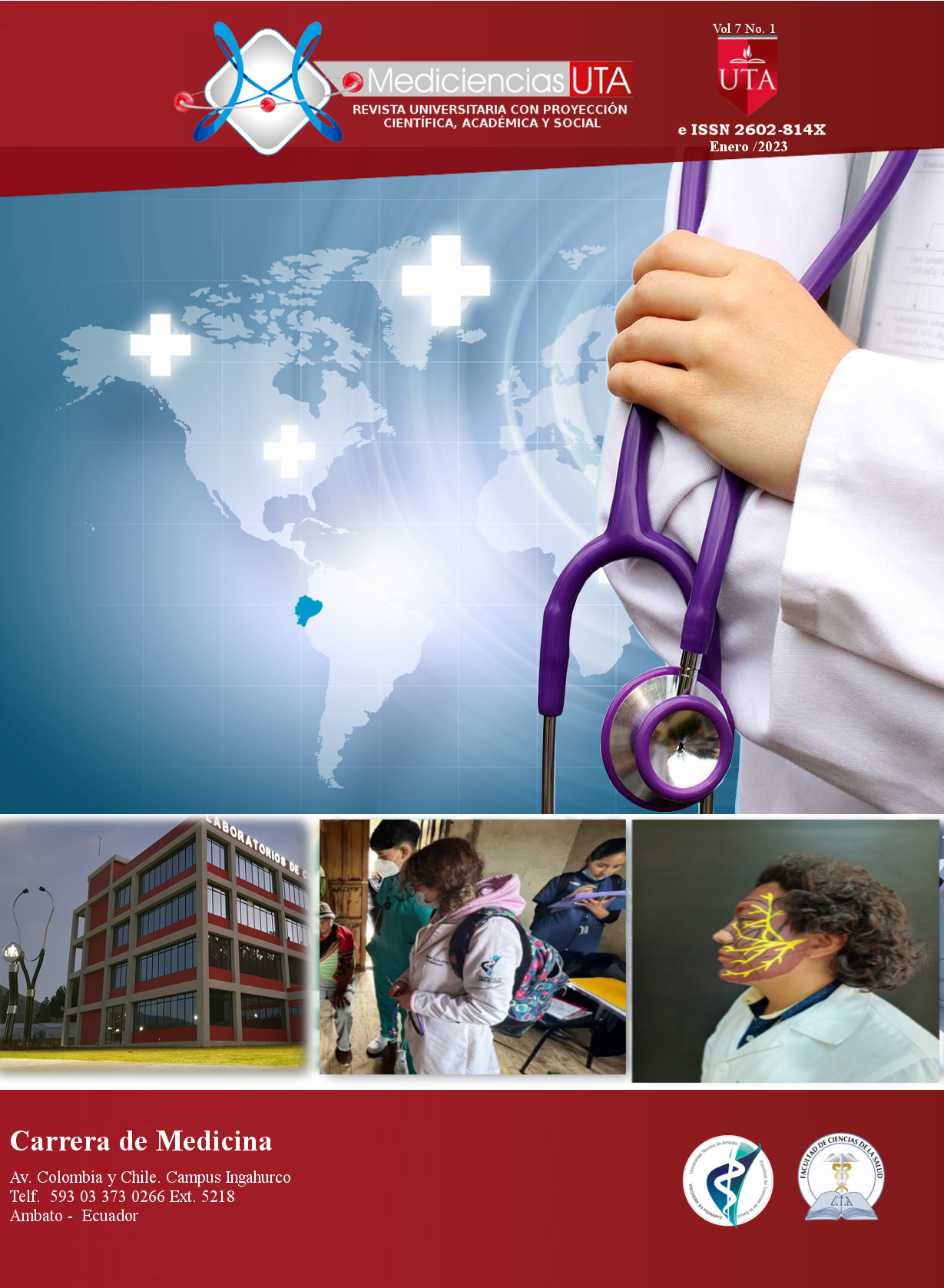Relationship between body mass index and caries prevalence in schoolchildren in the city of Ambato – Ecuador
Main Article Content
Abstract
Introduction: Among the problems of impact on population health are tooth decay and malnutrition.
Objective: To determine the prevalence of caries and its relationship with the body mass index, in students from 8 to 12 years old of an educational unit of the caregiver of Ambato-Ecuador.
Methods: Cross-sectional and descriptive study. 138 students participated with prior informed consent. A survey was applied to obtain data on their physical activity weight, height, gender and school year. The body mass index (BMI) was rated according to the criteria of the World Health Organization. The ICDAS system (International Caries Detection and Assessment System) was used for caries detection. Descriptive analysis was performed through frequencies and percentages. Measures of central tendency were obtained in the analysis of the ICDAS based on each of the intervening variables. The relationship of the variables age, gender, BMI and physical activity with caries was carried out through generalized linear models using Poisson regression.
Results: Underweight students had 2.6 times more risk of presenting ICDAS A, those with normal weight 1.6 times higher risk and those who were overweight 2.7 times higher likely. The ICDAS had an increasing behavior in function of a greater physical activity, the ICDAS by the ICDAS C decreased in relation to a major activity carried out.
Conclusions: The prevalence of caries is directly related to a higher body mass index, while physical activity shows an inverse relationship with the appearance of moderate and severe carious lesions.
Downloads
Article Details

This work is licensed under a Creative Commons Attribution-NonCommercial-ShareAlike 4.0 International License.



